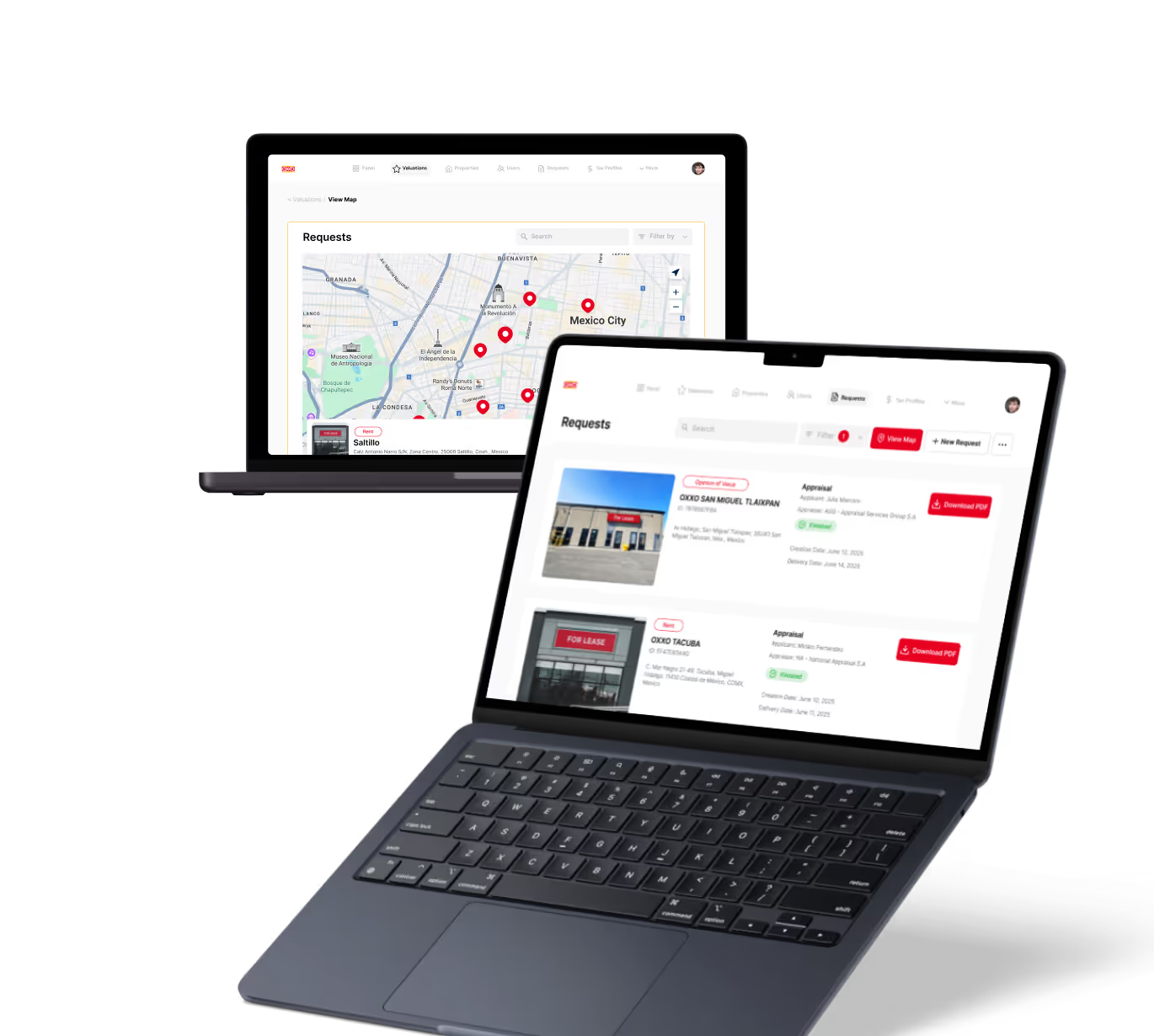Bot in Automation
Automation
Explore how bots drive automation, streamline tasks, and boost efficiency in business and technology.
Introduction to Bots in Automation
Have you ever wondered how repetitive tasks get done quickly without much human effort? That’s where bots in automation come in. These software programs handle routine work, freeing you to focus on more important things.
In today’s fast-paced world, bots help businesses save time and reduce errors. They work behind the scenes, making processes smoother and more efficient. Let’s explore what bots in automation are and how they can benefit you.
What Is a Bot in Automation?
A bot in automation is a software tool designed to perform specific tasks automatically. Unlike humans, bots can work 24/7 without breaks and follow exact instructions every time. They can handle simple or complex jobs depending on how they are programmed.
There are different types of bots used in automation:
- Robotic Process Automation (RPA) Bots: These bots mimic human actions on computers, like clicking buttons or entering data.
- Chatbots: Bots that interact with users through text or voice, answering questions or guiding customers.
- Integration Bots: Bots that connect different software systems to share data automatically.
For example, a company might use an RPA bot to process invoices by reading emails and entering data into accounting software without human help.
How Bots Improve Business Efficiency
Bots in automation bring many benefits to businesses. They handle repetitive tasks faster and with fewer mistakes. This means your team can spend time on creative or strategic work instead of routine chores.
Here are some ways bots improve efficiency:
- Speed: Bots complete tasks in seconds that might take humans minutes or hours.
- Accuracy: Bots follow rules exactly, reducing errors caused by fatigue or distraction.
- Cost Savings: Automating tasks lowers labor costs and reduces the need for overtime.
- Scalability: Bots can handle more work as your business grows without hiring more staff.
For instance, using a tool like Make or Zapier, you can create bots that automatically move data between apps like Google Sheets and CRM systems, saving hours every week.
Popular Platforms for Building Automation Bots
You don’t need to be a programmer to build bots today. No-code and low-code platforms make it easy to create automation bots with simple drag-and-drop tools.
Some popular platforms include:
- Zapier: Connects over 5,000 apps to automate workflows without coding.
- Make (formerly Integromat): Offers visual automation with advanced logic and data manipulation.
- UiPath: A leading RPA platform for building bots that mimic human computer actions.
- Bubble: Allows building web apps with automation features embedded.
- FlutterFlow: Helps create mobile apps with automated backend processes.
These platforms let you automate tasks like sending emails, updating databases, or generating reports with minimal effort.
Real-World Use Cases of Bots in Automation
Bots are used across many industries to improve workflows and customer experiences. Here are some examples:
- Customer Support: Chatbots answer common questions instantly, reducing wait times.
- Finance: Bots process transactions, reconcile accounts, and generate financial reports automatically.
- Marketing: Automation bots schedule social media posts and track campaign results.
- Human Resources: Bots screen resumes and schedule interviews to speed hiring.
- Supply Chain: Bots monitor inventory levels and reorder stock when needed.
For example, a retail company might use an RPA bot to update stock levels in their online store as shipments arrive, ensuring customers see accurate availability.
How to Get Started with Bots in Automation
Starting with bots in automation is easier than you think. Here’s a simple plan to begin:
- Identify Repetitive Tasks: Look for tasks that are time-consuming and follow clear rules.
- Choose a Platform: Pick a no-code or low-code tool that fits your needs and skills.
- Build a Simple Bot: Start with a small automation, like sending reminder emails or updating spreadsheets.
- Test and Improve: Run your bot and fix any issues. Gradually add more features.
- Scale Up: Automate more tasks as you gain confidence and see benefits.
For example, you could use Zapier to connect your email and calendar apps to automatically create events from incoming messages. This saves you from manual entry and keeps you organized.
Challenges and Best Practices for Using Bots
While bots offer many advantages, there are some challenges to keep in mind. Bots need clear instructions and good data to work well. Poorly designed bots can cause errors or confusion.
Best practices include:
- Start Small: Build simple bots first to learn and avoid big mistakes.
- Monitor Performance: Regularly check your bots to ensure they work correctly.
- Keep Humans in the Loop: Use bots to assist, not fully replace, human judgment.
- Secure Data: Protect sensitive information your bots handle.
By following these tips, you can make sure your automation bots deliver real value without risks.
Conclusion: Embracing Bots for Smarter Automation
Bots in automation are powerful tools that help you save time, reduce errors, and grow your business. They handle repetitive tasks so you can focus on what matters most. With easy-to-use platforms, anyone can start building bots today.
By understanding how bots work and applying best practices, you can create efficient workflows that improve productivity and customer satisfaction. Embrace bots in your automation journey and watch your daily tasks become simpler and smarter.
FAQs
What is a bot in automation?
How do bots improve business efficiency?
Which platforms are best for building automation bots?
Can non-technical users create automation bots?
What are common use cases for bots in automation?
What challenges should I watch for when using bots?
Related Terms
See our numbers
315+
entrepreneurs and businesses trust LowCode Agency
Investing in custom business software pays off
We were managing property valuations across multiple brands, and the complexity was overwhelming our traditional processes. Every day of delay in property evaluation meant potential lost revenue and competitive disadvantage.
15,000+
property valuations managed through centralized platform
40%
reduction in valuation processing time

J.Antonio Avalos
,
Product Manager Lead
OXXO



%20(Custom).avif)